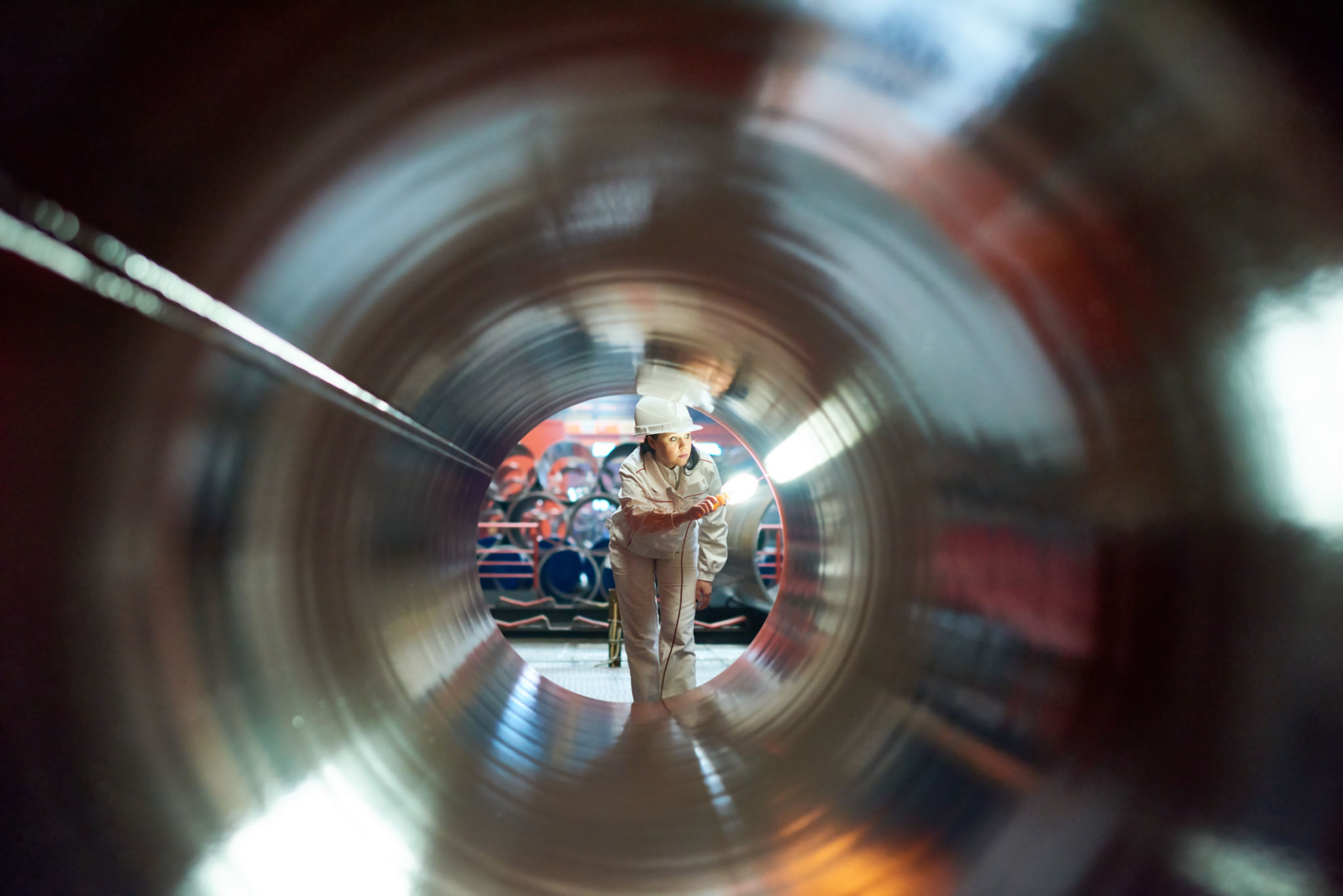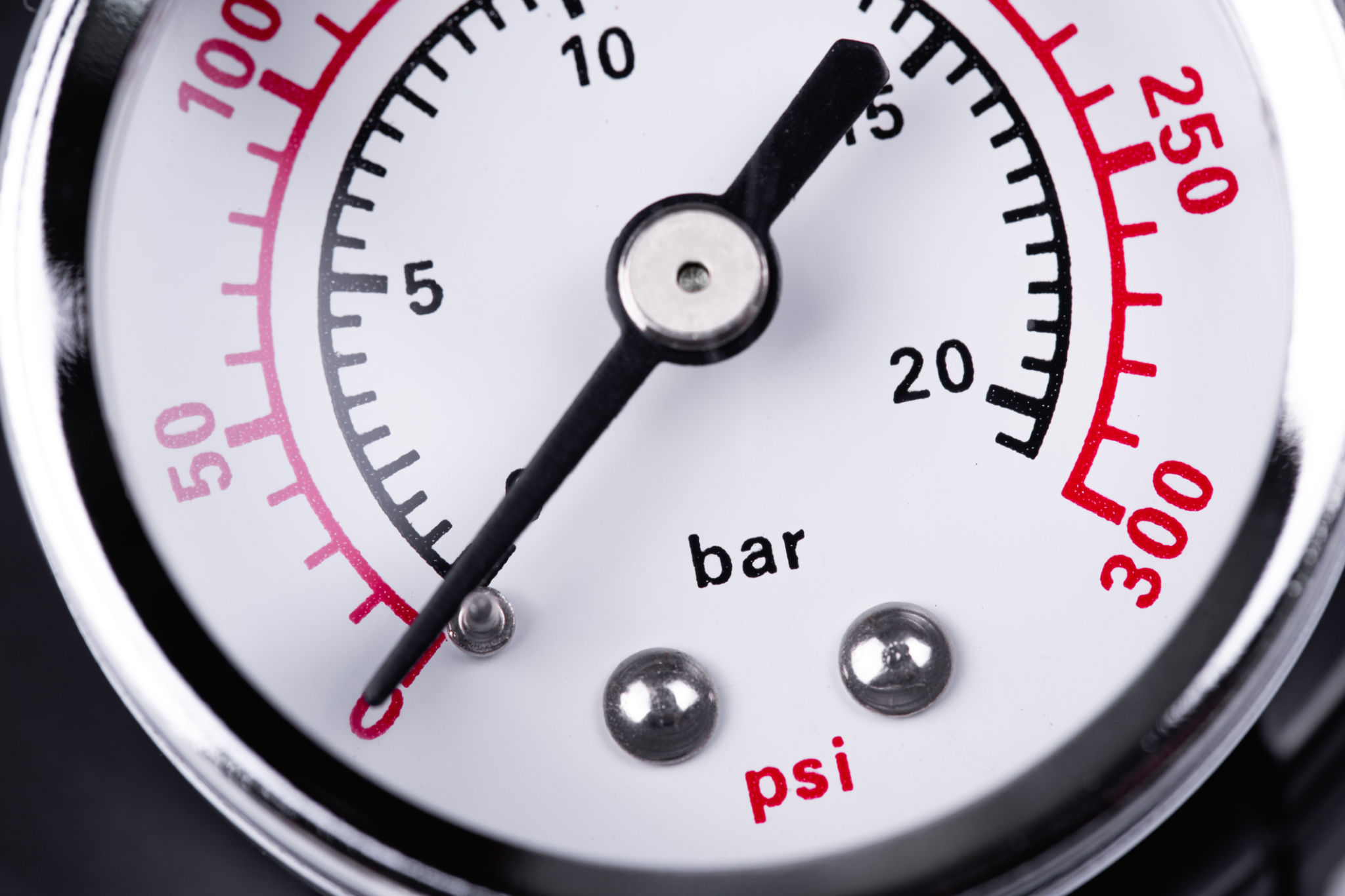Expert Tips for Maintaining Your Polyethylene Piping System
Polyethylene piping systems are widely used in various industries due to their durability, flexibility, and resistance to corrosion. However, to ensure they perform optimally over time, proper maintenance is crucial. Here are some expert tips to help you maintain your polyethylene piping system effectively.
Regular Inspection
Conducting regular inspections is fundamental to maintaining your polyethylene piping system. Look for signs of wear and tear, such as cracks or deformations. Pay special attention to joints and connections, as these areas are more prone to issues.
Incorporating a scheduled inspection routine can help you identify potential problems before they become major issues. Use visual inspection techniques alongside technology such as ultrasonic testing for a comprehensive assessment.

Proper Cleaning Techniques
Keeping your pipes clean is essential for maintaining their integrity and functionality. Use appropriate cleaning agents that are compatible with polyethylene to avoid damaging the pipes. Harsh chemicals can cause degradation over time.
Consider using mechanical cleaning methods such as pigging, which involves sending a device through the pipes to clear debris and residue. This method is effective for maintaining hygiene and flow efficiency within the piping system.
Pressure Management
Maintaining appropriate pressure levels within your polyethylene piping system is crucial to prevent stress and potential failure. Over-pressurization can lead to burst pipes, while under-pressurization may affect the system's performance.
Regularly monitor pressure levels using gauges and sensors. If fluctuations are detected, investigate the cause and make necessary adjustments. Implementing pressure relief valves can also provide an additional layer of safety.

Temperature Control
Extreme temperatures can affect the performance and longevity of polyethylene pipes. Ensure that your system operates within the recommended temperature range specified by the manufacturer.
Implement insulation strategies for pipes exposed to extreme heat or cold. This not only helps in maintaining temperature stability but also improves energy efficiency by reducing heat loss or gain.
Training and Safety Protocols
Ensure that your maintenance team is well-trained in handling polyethylene piping systems. Proper training reduces the risk of mishandling and ensures that maintenance procedures are conducted correctly.
Establish safety protocols and ensure they are adhered to at all times. This includes wearing appropriate personal protective equipment and following safety guidelines during inspections and repairs.

Documentation and Record Keeping
Maintaining thorough documentation of all maintenance activities, inspections, and repairs is essential. This information can help track the system's performance and identify any recurring issues.
Regularly update records and keep them accessible for future reference. Detailed documentation facilitates informed decision-making when planning upgrades or replacements.
By following these expert tips, you can ensure the longevity and efficiency of your polyethylene piping system. Regular maintenance not only keeps your system in top condition but also minimizes downtime and reduces the risk of costly repairs. Implement these strategies today to safeguard your investment.